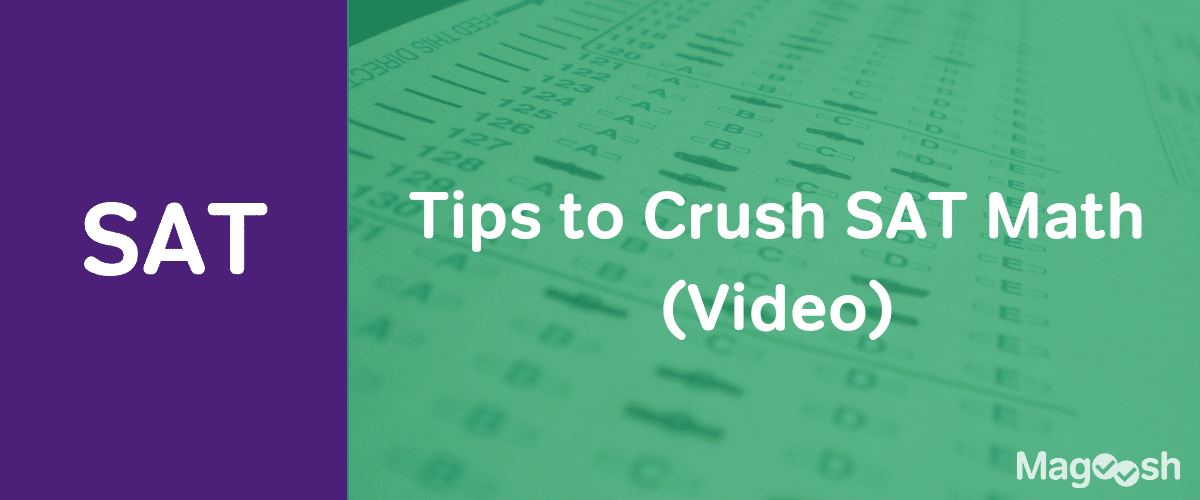Just to make sure that everybody knows the College Board is sneaky, they insist on putting weird, non-mathematical symbols into SAT math sections. Of course, they maintain that this is all in spirit of testing your school studies (it’s not really, and that’s probably why they’re planning on eventually changing the test).
Whadda you mean you don’t understand what the little picture of the potato is for? You didn’t learn that in algebra?
The big problem is that a lot of test-takers look at symbols like that—more often a heart or an arrow, really—and think that there’s some established mathematical meaning to it. It’s tempting to imagine some advanced calculus you’re just not privy too and assume the question is there for the really high-scorers.
But that’s not it.; the SAT is just up to its typical shenanigans.
When the symbol is a variable
The easiest symbols questions actually just use the shapes in place of variables. You might see something like this:
If that’s the case, just exchange x for the twilight sparkle symbol and carry on as normal.
It might be a little more complicated, though.
When the symbol is a process
In this case, the symbol is really a lot like a function. It’s just shorthand for some process. You need to get rid of that shape, and in order to do that, you need to set up an equation in the pattern that the SAT uses to define that shape.
For example:
For all positive integers y, let ![]() y be defined as
y be defined as  . What is the value of (
. What is the value of (![]()
 )
) ?
?
In that case, just put in 2 for y using the same pattern, careful to remember to include the exponent around the whole thing.

Then, follow the rules to combine exponents and it’s done.
Short and sweet
Even the most difficult symbol problems usually boil down to replacing information. Doesn’t matter what the symbol is—just plug in whatever other numbers or variables the question gives you to make it a more mundane looking math question, and you’ll be just fine.








Leave a Reply